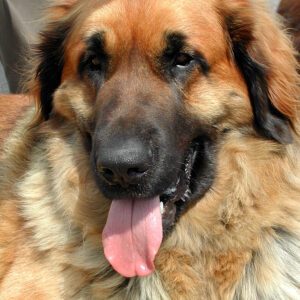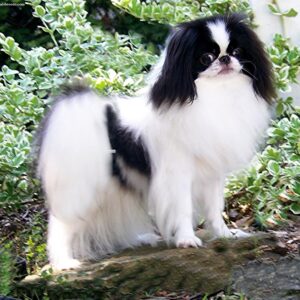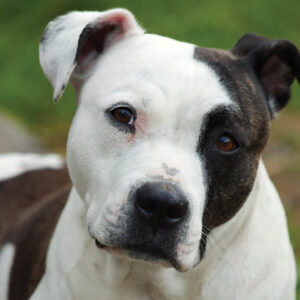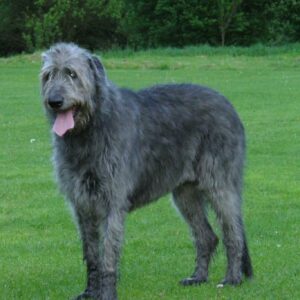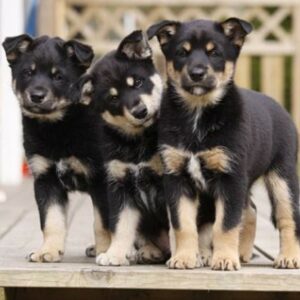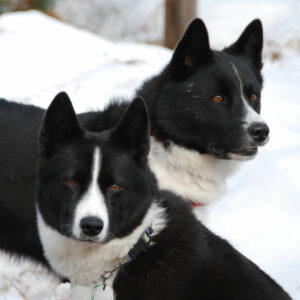If you’re thinking about adding a new furry friend to your family, have you considered the Pekingese? This small dog breed is full of personality and charm, making it a great choice for many families. In this article, we’ll dive into the history and characteristics of the Pekingese, as well as how to choose the best foods, train, and take care of your new pet.
History of the Pekingese
The Pekingese is an ancient breed that originated in China. It was created by breeding small lion dogs, which were popular among Chinese royalty, with other small dog breeds. The result was a dog with a distinctive flat face and thick coat.
Pekingese were highly regarded in China and were often given as gifts to foreign dignitaries. It wasn’t until the 1800s that Pekingese began to gain popularity outside of China, when British troops captured several dogs during the Second Opium War.
Today, the Pekingese remains a beloved breed around the world. They are often kept as lap dogs due to their small size and affectionate nature.
Location of Origins
The Pekingese is thought to have originated in China, specifically during the Tang Dynasty (618-907 AD). The breed was highly valued and was often kept by members of the royal family. The Pekingese was also popular among the wealthy and was sometimes given as a gift to foreign dignitaries.
It wasn’t until the 19th century that Pekingese began to be imported to other countries. Today, the breed is popular around the world and can be found in homes from Asia to Europe to North America.
Characteristics of the Pekingese
Pekingese are small dogs, standing only 6-9 inches tall at the shoulder and weighing between 7-14 pounds. They have a distinctive flat face, with large, round eyes and a wrinkled brow. Pekingese also have a thick, luxurious coat that comes in a variety of colors, including black, white, and fawn.
One of the most unique features of the Pekingese is its flattened face. This gives the breed a distinctive appearance, but it can also cause health problems. Pekingese are prone to breathing problems and may snore or wheeze. They are also prone to eye problems, such as cataracts and corneal ulcers. It’s important to be aware of these potential health issues if you’re considering a Pekingese as a pet.
In terms of temperament, Pekingese are affectionate and loyal to their owners. They can be stubborn and independent at times, but they are generally easy to train with patience and positive reinforcement. Pekingese are also known for their watchdog abilities – they may bark loudly to alert their owners to anything unusual.
Choosing the Best Foods for Your Pekingese
Like all dogs, Pekingese require a balanced and nutritious diet to stay healthy. When choosing food for your Pekingese, look for a high-quality kibble that is appropriate for their age, size, and activity level. You may also want to consider feeding your Pekingese wet food or homemade meals in addition to kibble.
Pekingese are prone to obesity, so it’s important to monitor their food intake and exercise them regularly. You may also want to consider giving your Pekingese smaller, more frequent meals to help prevent overeating.
In addition to providing your Pekingese with a healthy diet, be sure to give them plenty of fresh water to keep them hydrated throughout the day.
Training Your Pekingese
Training a Pekingese can be challenging due to their stubborn nature, but it’s definitely possible with patience and persistence. Positive reinforcement training is the most effective method for teaching your Pekingese new tricks and behaviors.
One of the most important things to focus on when training your Pekingese is socialization. Pekingese can be wary of strangers and other animals, so it’s important to expose them to a variety of people and situations from a young age. This will help them become well-behaved and well-adjusted adults.
Other important training issues to focus on with your Pekingese include potty training, leash training, and basic obedience commands like sit, stay, and come.
Taking Care of Your Pekingese
In addition to providing your Pekingese with a healthy diet and regular training, there are a few other things to keep in mind when taking care of your pet.
First, Pekingese require daily grooming to keep their coat healthy and free from mats and tangles. You’ll need to brush your Pekingese at least once a day, and possibly more often if they have a particularly thick coat. You may also need to trim their nails and clean their ears regularly.
Next, be sure to provide your Pekingese with plenty of exercise each day. While they are small dogs, they still require daily walks and playtime to keep them healthy and happy.
Finally, be aware of the potential health issues that Pekingese are prone to. Regular vet check-ups and proper care can help prevent and treat these issues early on.
FAQs
Are Pekingese good with kids?
Pekingese can be good with kids, but they may not be the best choice for families with very young children due to their small size and potential for health issues. Pekingese may also be somewhat stubborn and not always willing to play, so it’s important to supervise interactions between children and pets.
Do Pekingese shed a lot?
Yes, Pekingese do shed quite a bit. Their thick, luxurious coat can be high maintenance and will require daily brushing to keep it healthy and free from tangles.
How often should I take my Pekingese to the vet?
You should take your Pekingese to the vet for regular check-ups at least once a year. Depending on your pet’s health and age, you may need to go more often for vaccines and other treatments.
Conclusion
The Pekingese is a charming and loyal breed that can make a great addition to many families. With proper care and attention, you can ensure that your Pekingese is healthy and happy for years to come. Remember to focus on socialization, training, and grooming, and to be aware of potential health issues that Pekingese can be prone to. With these tips in mind, you’ll be well on your way to giving your new furry friend the best life possible.

